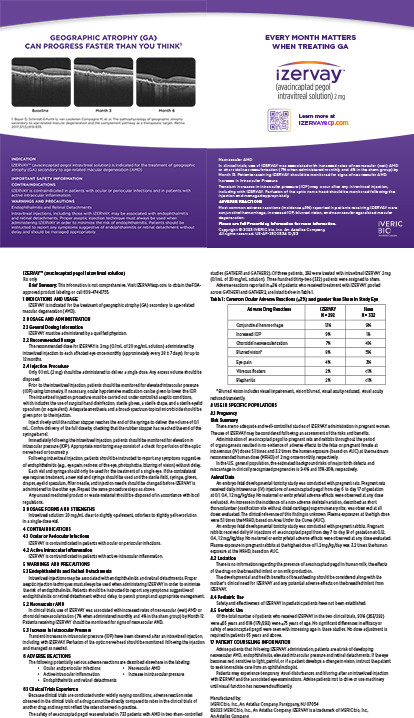Cataract Surgery | Feb 2006
The Siepser Powerwash Technique
A method for removing residual cortex.
Steven B. Siepser, MD, FACS
Over the years, especially with the advent of clear corneal incisions and scleral tunnels, I have found that removing the cortex on the side of the entry wound into the eye can be rather complex. After watching a few fellows I trained labor over this step, I developed a technique that simply and effectively removes stubborn subincisional, retained cortex.
THE TECHNIQUE
The residual cortex behind the capsule usually is difficult to remove with the I/A handpiece. Rotating the aspiration tip posteriorly deforms the wound and flattens the chamber, which complicate the removal of cortical debris in this quadrant. I load a leur-locked 3-mL syringe with BSS and secure a 27-gauge air cannula. I should note that, during my earlier use of nonleur-locked syringes with a loosely attached cannula, powerwashing caused the cannula to shoot off the end of the syringe into the eye and break the capsule. As a result, I use a well-secured hub in a leur-locked syringe exclusively.
After its introduction through a stab incision opposite the cataract incision, the cannula delivers a fine, highly pressurized stream of BSS in any direction that it is pointed. With this fluid, I slowly and carefully wash the posterior capsule until it is free of adherent cortex (Figure 1). I first aim the jet posteriorly and peel back the area of cortical adhesion to create a cleavage plane that releases cortex from the posterior capsule. I can then easily aspirate the cortex with the I/A handpiece in my other hand or use the air cannula to suck out the recalcitrant cortex. Next, I pass the stream into the sulcus to dislodge residual cortex under the aspiration handpiece's port. If any cortex remains in the area, I can remove it with the Terry Squeegee (Alcon Laboratories, Inc., Fort Worth, TX) or a 23-gauge air cannula with a silicone sleeve.
Poor control of the 27-gauge tip can result in capsular rupture. When well directed and controlled, however, the water jet itself does not represent a danger to capsular integrity.
CONCLUSION
I use the Siepser powerwash technique hundreds of times per year, and it has decreased my operative time. The technique is particularly handy for younger patients' cataracts, which commonly have residual cortical debris lodged under the quadrant of the phaco incision site. Although this technique was developed for all IOLs, I have found it particularly useful for the Crystalens (Eyeonics, Inc., Aliso Viejo, CA), which is especially sensitive to cortical remnants.
Steven B. Siepser, MD, FACS, is Medical Director of Siepser Laser Eyecare in King of Prussia, Pennsylvania. He acknowledged no financial interest in the products or companies mentioned herein. Dr. Siepser may be reached at (610) 296-3333; siepser@clear-sight.com.


